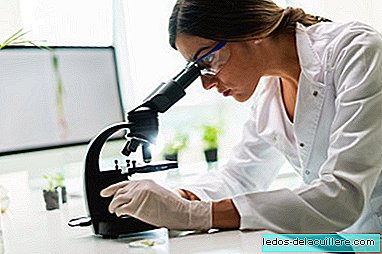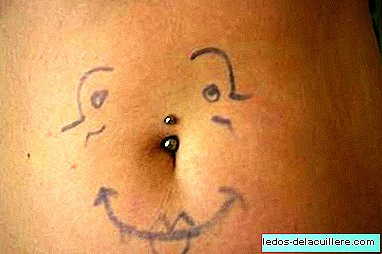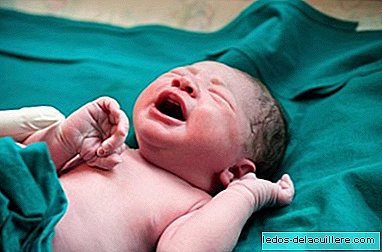
A group of British scientists has taken a giant step in the investigation of the Acute lymphoblastic leukemia, the type of cancer that most affects children.
It has been discovered that the development of the disease is preceded by two steps: the first is a genetic mutation during pregnancy and, the second, exposure to an infection, which could occur to a greater extent in children who, during the first months of life grew in excessively clean environments, so new ones would be opened to interesting doors regarding the prevention of this disease.
A giant step
The research carried out by the Cancer Research Institute (ICR) and published in the journal Nature Reviews Cancer summarizes four decades of research in which it has been possible to reduce the mortality rate in children to 10%, but it was necessary to know what the causes are that cause this disease and how to work in prevention.
According to the study led by Professor Mel Greaves, the disease develops in a two-step process:
The first step consists of a genetic mutation that occurs before birth in the fetus and predisposes children to leukemia, but only 1% of children born with this genetic change develop the disease.
The second step is also crucial. The disease is triggered later, in childhood, by exposure to one or more common infections, but mainly in children who experienced a "clean" childhood in the first year of life, without much interaction with other babies or older children.
Too much hygiene?
When talking about "clean" childhood they refer to a child who grows up isolated or in an environment with excessive hygiene that would prevent him from being in contact with common viruses and bacteria that caused infections.
It is pointed out that factors such as breastfeeding, going to daycare or being in contact with other children (especially older) could protect against the disease. Does this mean that if I don't take my child to daycare, I will have a higher risk of having cancer? Flatly no. We speak of predisposed children, in whom the first mutation has already occurred when they were in the womb. This study simply opens new avenues to research in the prevention of this disease.
Can leukemia be prevented?
According to the director of the study, the results are encouraging in this regard:
"Research strongly suggests that acute lymphoblastic leukemia has a clear biological cause and is triggered by a variety of infections in predisposed children whose immune system has not been adequately prepared. It also destroys some persistent myths about the causes of leukemia, such as claims. that the disease is usually caused by exposure to electromagnetic waves or pollution. The most important implication is that most cases of childhood leukemia can be prevented. It could be done in the same way as is currently being considered for autoimmune diseases or allergies, perhaps with simple and safe interventions to expose babies to a variety of common and harmless 'bugs'. "
Great news that opens new doors to research. With luck, in a few years We can give the news that the lymphoblastic leukemia, the type of cancer that most affects children, is preventable.
Via The Institute of Cancer Research in Vitónica | The cause of childhood leukemia could have been discovered
In Babies and more Identify the gene that would help to stop one of the most frequent childhood cancers, He overcame a leukemia thanks to an experimental treatment and his case opens the way to the cure of cancer with immunotherapy












